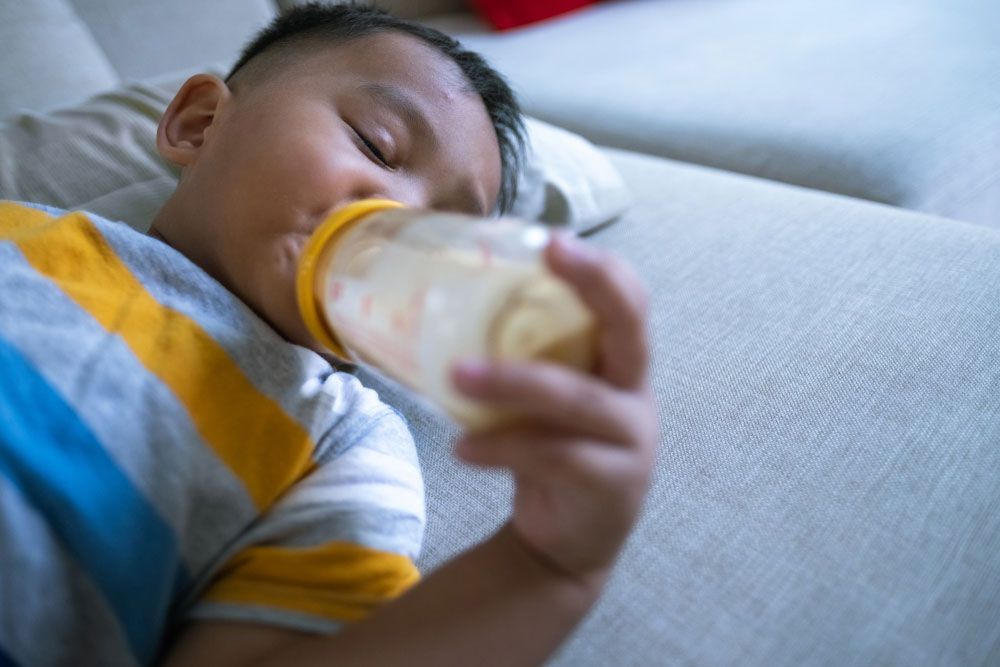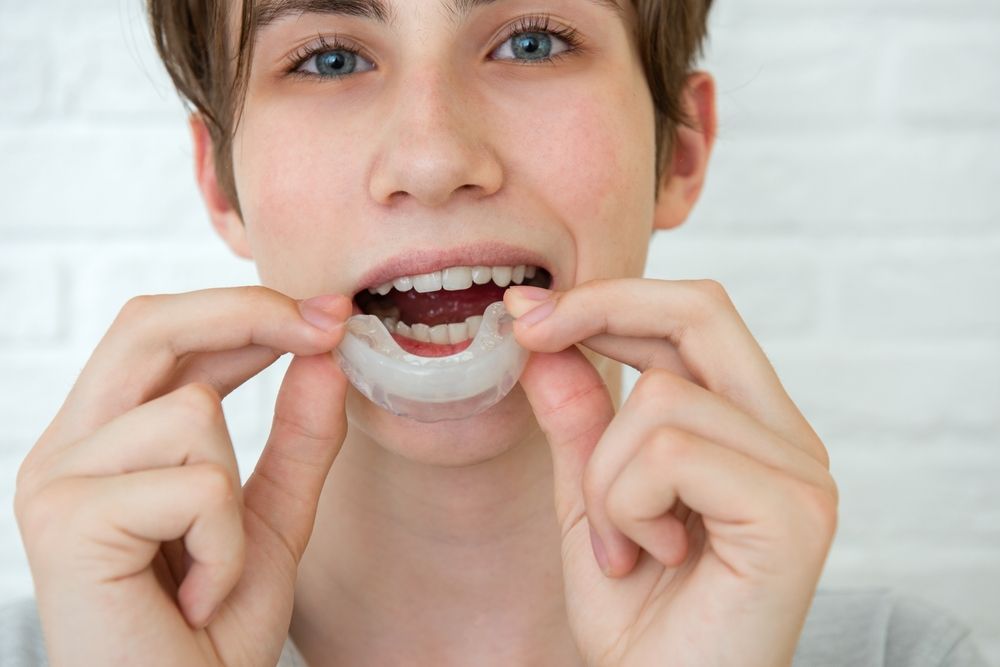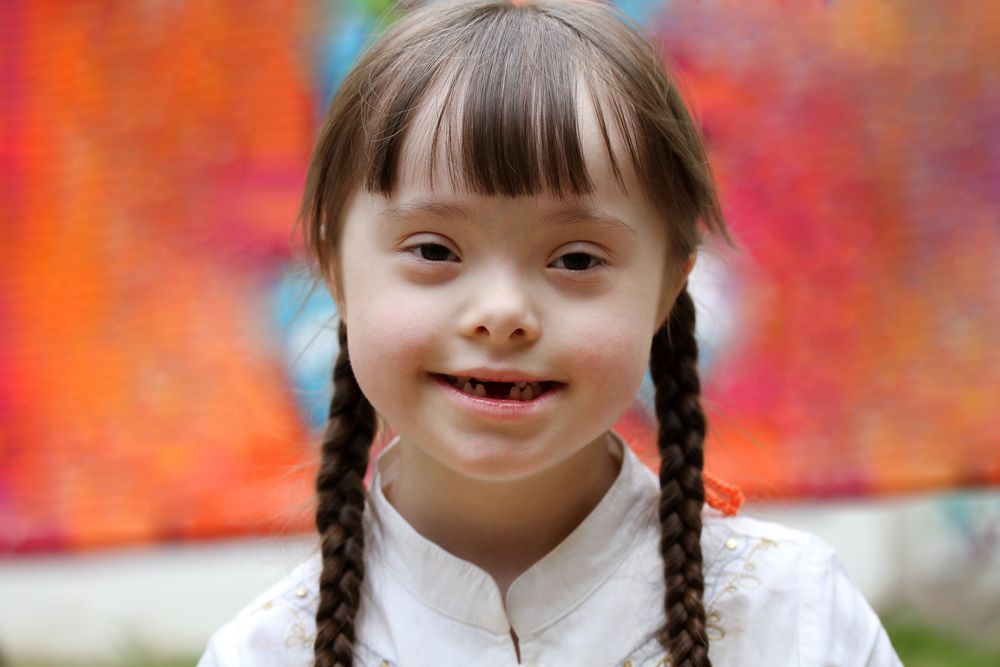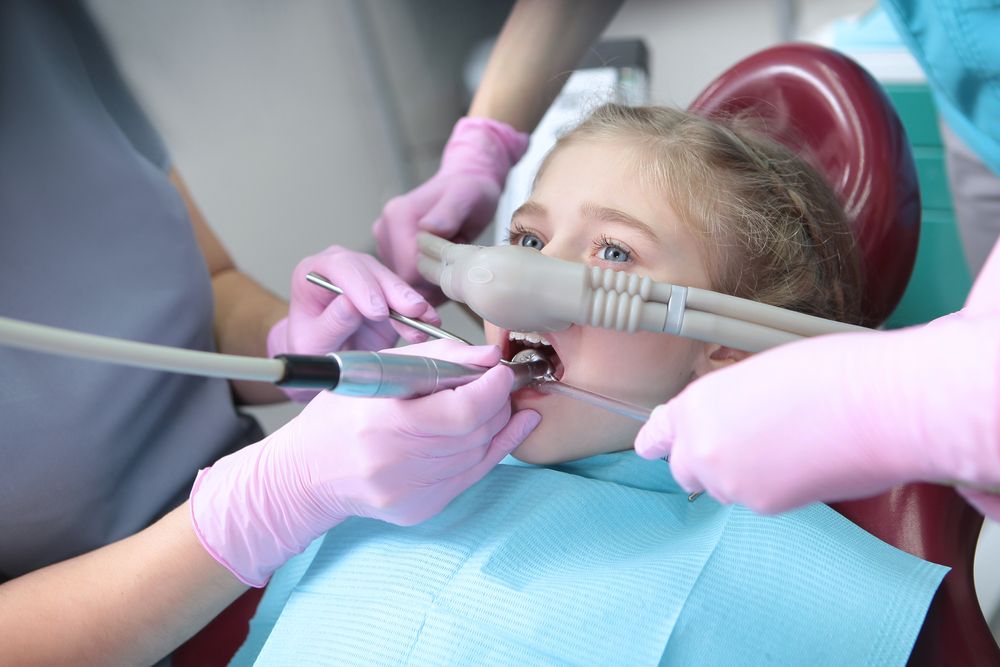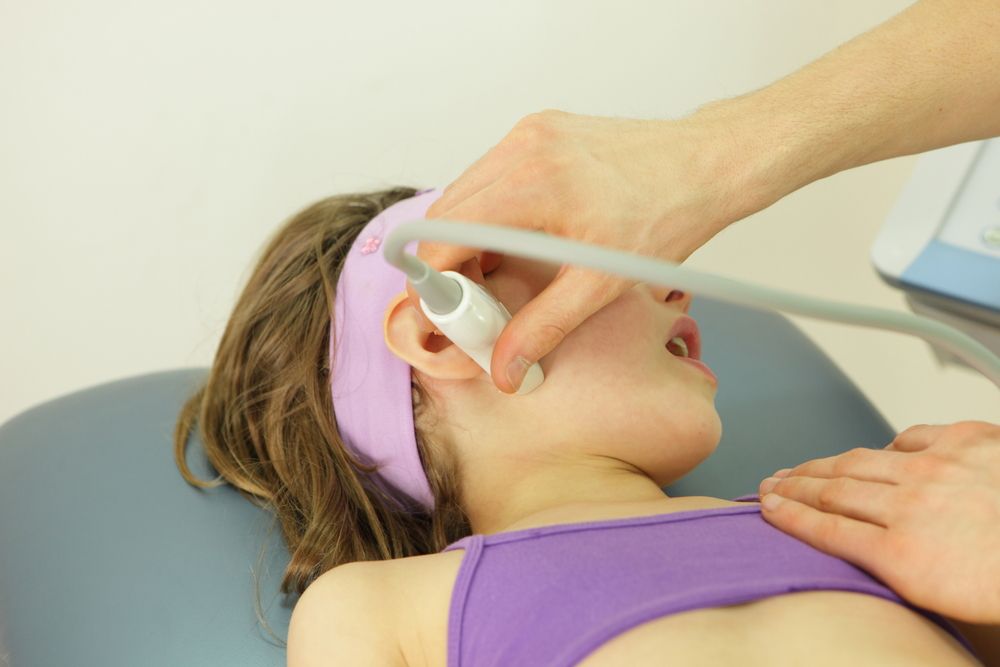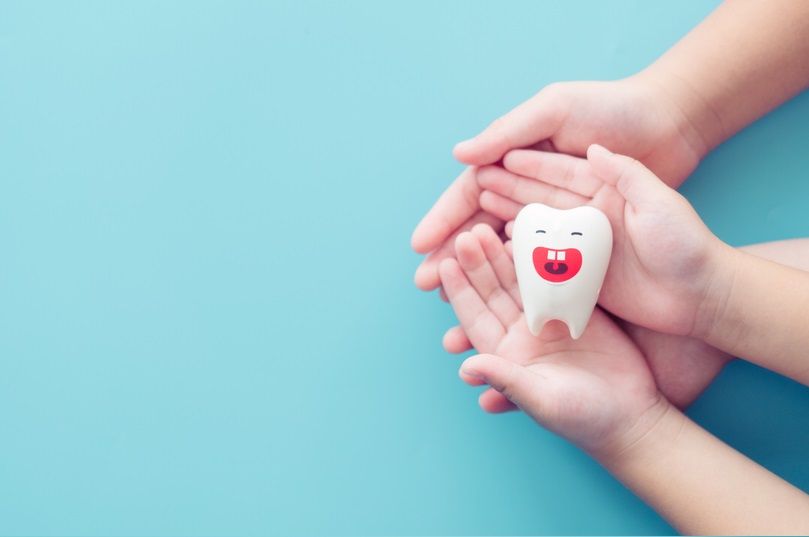Baby bottle tooth decay (BBTD), also known as early childhood cavities, is a common yet preventable issue affecting young children. It occurs when a child’s teeth are frequently exposed to sugary liquids, especially when they are allowed to drink from a bottle or sippy cup for extended periods. The good news is that BBTD is entirely preventable with proper care and awareness. Dr. Shawn Taheri, DDS, of Dentistry for Children and Young Adults in San Jose, CA, helps parents understand the causes, effects, and prevention of baby bottle tooth decay, ensuring that their child’s smile stays healthy and cavity-free.
What is Baby Bottle Tooth Decay?
Baby bottle tooth decay is a type of dental decay that primarily affects the upper front teeth but can also affect other teeth in the mouth. It is caused by the prolonged exposure of a baby’s or toddler’s teeth to sugary liquids, such as milk, juice, or formula, especially when consumed frequently throughout the day or at night. The sugar in these liquids feeds the bacteria in the mouth, which then produce acids that attack the tooth enamel, leading to cavities. Since baby teeth are softer and more susceptible to decay than adult teeth, they are especially vulnerable to BBTD.
BBTD most commonly occurs in infants or toddlers who fall asleep with a bottle in their mouth or sip sugary liquids from a bottle throughout the day. If left untreated, baby bottle tooth decay can lead to severe cavities, pain, and even tooth loss. This condition not only affects a child’s ability to chew and speak but can also lead to more serious health problems down the line.
Causes of Baby Bottle Tooth Decay
The primary cause of baby bottle tooth decay is the frequent and prolonged exposure of a child’s teeth to sugary liquids. Here are the main factors contributing to BBTD:
- Sugary liquids: Liquids like milk, formula, and fruit juices contain sugar, which fuels the bacteria in the mouth. While breast milk and formula are important for a child’s growth, they also contain natural sugars that can contribute to tooth decay if left on the teeth too long.
- Frequent bottle use: Allowing a child to sip from a bottle throughout the day or while sleeping increases the time that their teeth are exposed to sugar, allowing bacteria to thrive.
- Nighttime feeding: If a child falls asleep while drinking from a bottle, the liquid pools around their teeth overnight, providing a constant source of sugar that promotes tooth decay. This is particularly problematic if the bottle contains sugary liquids like juice or milk with added sugar.
- Improper oral hygiene: Babies are not born with the ability to clean their teeth, so it is important for parents to take responsibility for cleaning their child’s gums and teeth. Inadequate oral hygiene, such as not wiping the gums after feedings or not brushing the child’s teeth, can contribute to BBTD.
Understanding these causes is key to preventing baby bottle tooth decay and ensuring that your child’s dental health is protected from a young age.
How to Prevent Baby Bottle Tooth Decay
Preventing baby bottle tooth decay is largely about creating good habits early on. By taking a few simple steps, parents can significantly reduce the risk of their child developing BBTD. Here are some key prevention tips:
- Avoid putting your baby to bed with a bottle: One of the most important steps in preventing BBTD is ensuring that your child does not fall asleep with a bottle in their mouth. If your baby needs comfort at night, try offering a pacifier instead of a bottle. If you must give them a bottle at night, make sure it contains water, not milk or juice.
- Wean off the bottle: Try to transition your child from using a bottle to a sippy cup around their first birthday. Prolonged bottle use increases the risk of BBTD, so moving to a cup helps to minimize prolonged sugar exposure.
- Limit sugary liquids: Avoid giving your child sugary drinks like juice, soda, or sweetened milk. If you do offer juice, make sure it’s diluted with water and limit the amount to a small serving once or twice a day.
- Clean your baby’s gums and teeth: Even before your baby’s first teeth appear, gently wipe their gums with a soft, damp cloth after feedings to remove sugars and bacteria. Once teeth emerge, begin brushing with a small, soft toothbrush and a rice-sized amount of fluoride toothpaste.
- Encourage drinking water: Water is the best drink for your child’s teeth. Encourage them to drink water throughout the day to help rinse away food particles and neutralize acids that can lead to tooth decay.
By following these preventive measures, you can help ensure that your child’s teeth stay healthy and strong, free from the damage caused by baby bottle tooth decay.
Signs and Symptoms of Baby Bottle Tooth Decay
As with any dental issue, early detection of baby bottle tooth decay is important for effective treatment. Here are some signs and symptoms that parents should look out for:
- White spots on the teeth: The early stages of tooth decay may appear as white spots or streaks on the surface of your child’s teeth. These spots are often caused by demineralization, where the enamel begins to break down due to acid attack.
- Tooth discoloration: As decay progresses, teeth may turn yellow or brown, indicating more significant damage to the enamel.
- Sensitivity: Your child may show signs of discomfort or sensitivity when eating hot or cold foods, or they may be reluctant to eat certain foods due to pain.
- Swollen or bleeding gums: In more severe cases, the gums may become swollen or bleed when brushing or eating.
If you notice any of these signs, it’s important to consult with a pediatric dentist immediately to prevent further damage and address the issue before it worsens.
The Role of the Dentist in Treating Baby Bottle Tooth Decay
If your child develops baby bottle tooth decay, it’s important to seek professional dental care as soon as possible. A pediatric dentist can assess the severity of the decay and recommend appropriate treatments, such as fluoride treatments, dental fillings, or other restorative procedures. In cases where the decay has caused significant damage, the dentist may suggest options such as crowns or even extractions for severely affected teeth.
Regular dental visits are crucial in identifying early signs of decay and ensuring that your child’s teeth remain healthy as they grow. Dr. Shawn Taheri, DDS, offers comprehensive pediatric dental care at Dentistry for Children and Young Adults in San Jose, CA, to help prevent and treat baby bottle tooth decay and other dental concerns.
Conclusion
Baby bottle tooth decay is a preventable condition that can affect your child’s oral health if not addressed early. By limiting sugary liquids, avoiding bottle use at bedtime, and maintaining proper oral hygiene, you can help protect your child from developing cavities. If you suspect that your child may be affected by baby bottle tooth decay, it’s important to consult with a pediatric dentist for early intervention and care. Dr. Shawn Taheri and the team at Dentistry for Children and Young Adults in San Jose, CA, are here to support you in ensuring your child’s smile stays bright and healthy for years to come.
Sources:
- American Academy of Pediatric Dentistry. (2019). Baby Bottle Tooth Decay: Causes and Prevention. Pediatric Dentistry.
- Pizzo, G., Pizzo, I., & Daudel, L. (2007). Early childhood caries: Prevalence, risk factors, and prevention. Journal of Pediatric Dentistry.
- Berman, D. S., & Cottone, J. A. (2010). The impact of baby bottle tooth decay on children’s dental health. Pediatric Dentistry.
